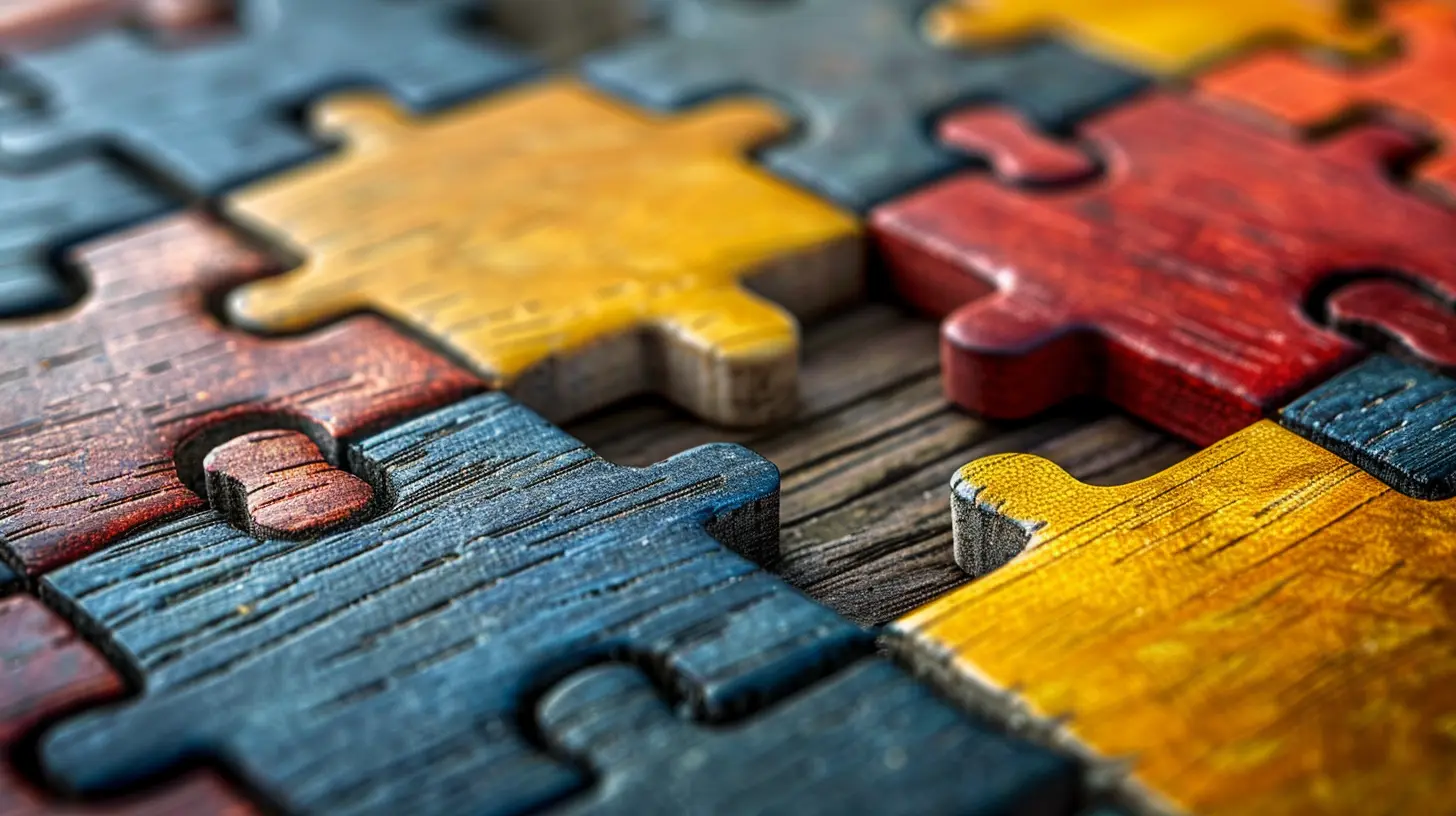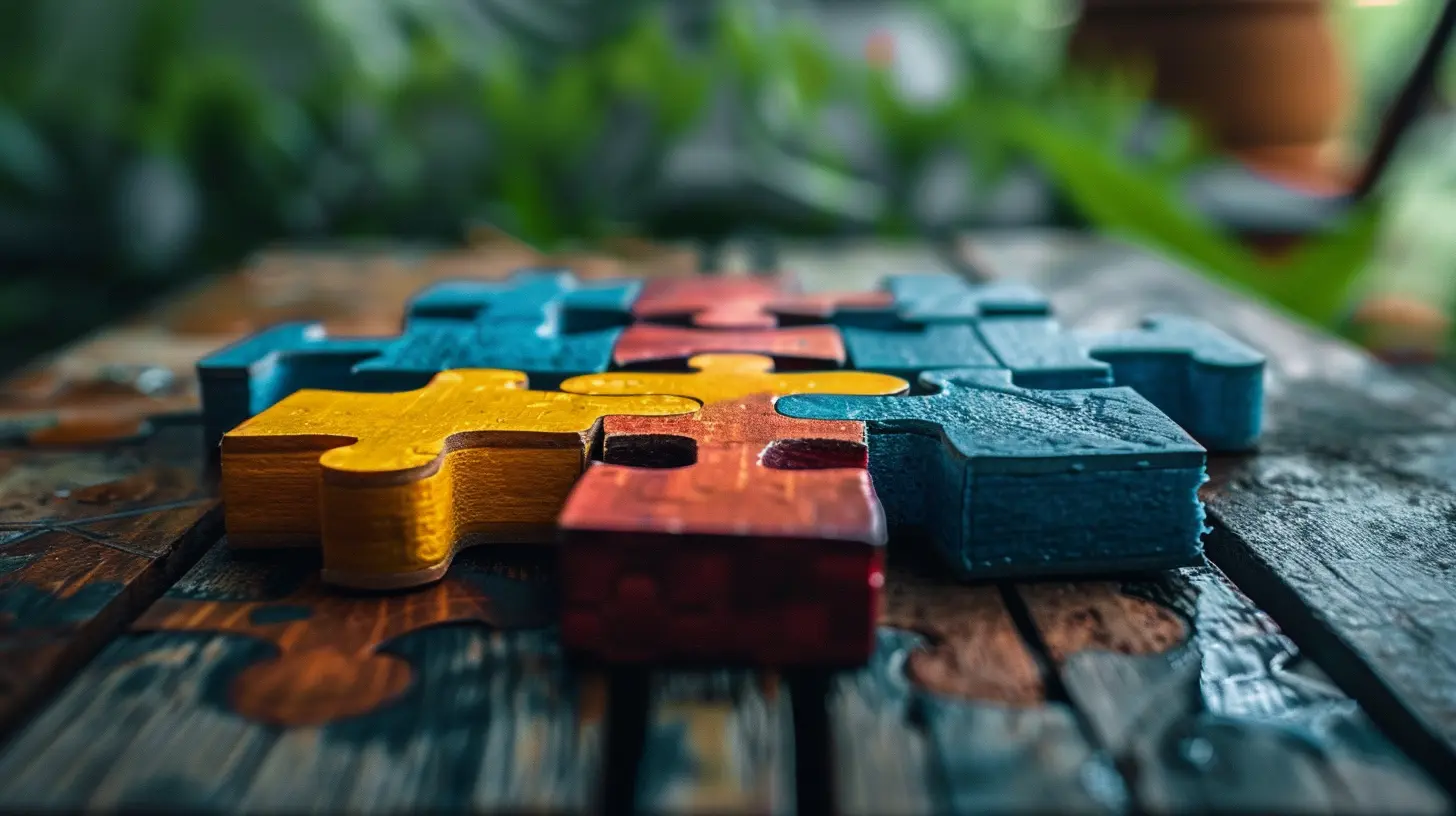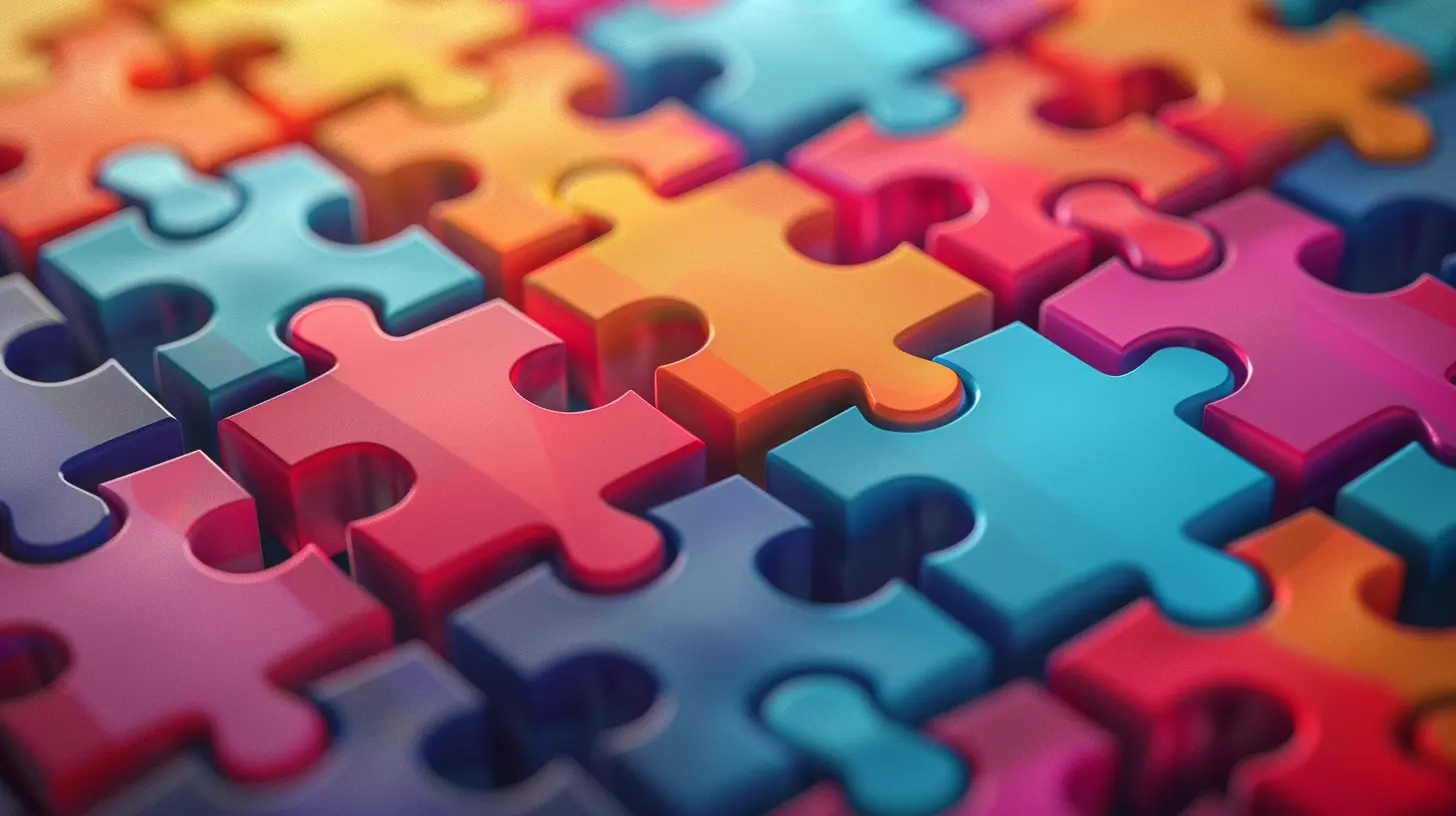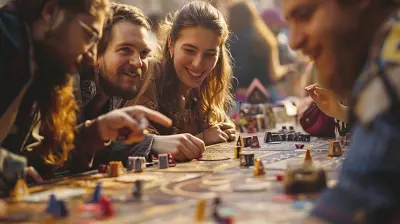How to Build Your Own Puzzle Game: A Developer's Toolkit
26 July 2025
So, you’re thinking about creating your own puzzle game? Awesome choice! Puzzle games are not just brain-teasers; they’re a perfect mix of challenge and creativity. From classics like Tetris and Sudoku to modern favorites like Candy Crush or The Witness, puzzles have a universal appeal that hooks players of all ages. But here’s the thing: crafting a puzzle game isn’t as simple as moving a few blocks around. It’s an art and a science.
Don’t worry, though—you don’t need to be a genius like Einstein or a coding wizard to make it happen. With the right tools, a bit of planning, and some elbow grease, you’ll be well on your way to building the next addictive brain-buster. In this article, we’ll walk you through the fundamentals of creating your own puzzle game. So grab your coffee (or tea, no judgment here), and let’s dive in! 
Why Puzzle Games Are Timeless
Think about this: why do people love puzzle games so much? It’s simple—they make our brains feel good. Completing a challenging puzzle gives players that sweet hit of dopamine, making them come back for more. Plus, puzzle games are versatile. Whether it’s a quick time-filler on your phone or a sprawling, story-driven conundrum like Portal, there’s a type of puzzle game for everyone.As a developer, puzzle games offer you a sweet spot between creativity and accessibility. They don’t demand AAA-level graphics, massive budgets, or a 100-person dev team. What really matters is designing clever mechanics and gameplay that keep players hooked. 
Step 1: Nail Down Your Game Concept
Let’s start with the basics—what kind of puzzle game do you want to make? Is it going to be a simple matching game like Bejeweled, or are you thinking of something more complex like a logic-based puzzle?Types of Puzzle Games
Here’s a quick rundown of popular puzzle game genres to spark some ideas:- Tile-Matching Games: Think Candy Crush or Match 3. Easy to play, hard to master.
- Logic Puzzles: Games like Sudoku or Nonograms challenge players to think strategically.
- Physics-Based Puzzles: Titles like Cut the Rope or Angry Birds let players interact with the environment.
- Escape Room/Adventure Puzzles: Games like The Witness or Myst combine puzzles with exploration and storytelling.
- Word Puzzles: Wordle, Scrabble, or Words with Friends are vocabulary-focused brain-benders.
Once you’ve picked your genre, think about the core mechanics. What makes your game different? Does it have a unique twist? For example, Tetris took simple block-stacking and added timed pressure. Your concept doesn’t need to reinvent the wheel, but it should feel fresh and engaging. 
Step 2: Define Your Gameplay Mechanics
Alright, you’ve figured out your game concept. Now it’s time to think about how the game works. Gameplay mechanics are the backbone of any puzzle game.Core Mechanics
Ask yourself these questions:- What’s the main objective of the game?
- What mechanics will players use to solve puzzles?
- Are there levels, or is it an endless game?
For instance, in a tile-matching game, the key mechanic is swapping tiles to create matches. In a physics-based puzzle, you might be dragging and dropping objects to trigger reactions. Keep the mechanics simple but engaging. If players can’t understand your game within the first few minutes, they might drop it faster than a hot potato.
Difficulty Curve
Here’s where many indie developers trip up: the difficulty curve. You don’t want your game to feel either too easy or impossibly hard. It’s like Goldilocks—find that “just right” balance. Start with easy levels that teach players the mechanics, then gradually ramp up the challenge.A great way to test this is by playtesting (more on that later). Watch how players interact with your puzzles and make adjustments accordingly. 
Step 3: Pick Your Tools
Okay, let’s get into the nitty-gritty of development. Unless you’re hand-coding everything from scratch (mad respect if you are), you’ll need a game engine or toolkit to bring your idea to life.Game Engines
Here are some great options for creating puzzle games:- Unity: A powerhouse for 2D and 3D games. Tons of tutorials and asset libraries.
- Godot: Free, open-source, and beginner-friendly. Perfect for indie developers.
- Construct 3: A no-code engine for quick prototyping and development.
- GDevelop: Drag-and-drop simplicity with plenty of customization options.
Pick the engine that matches your skill level and project needs. If you’re a beginner, something like Construct 3 or GDevelop might be less intimidating.
Art and Assets
Let’s talk visuals. If you’re not an artist, don’t sweat it—there are plenty of free and paid asset packs online. Websites like Itch.io and the Unity Asset Store are treasure troves of pre-made graphics.That said, try to keep your game visually cohesive. Even if you’re using free assets, make sure they all fit the same style. A mismatched aesthetic can break immersion faster than you can say “Game Over.”
Step 4: Design Levels Like a Pro
Level design is where the magic happens. This is your chance to really flex your creative muscles and craft challenges that players will remember.Start with a Prototype
Before you design dozens of levels, create a prototype. This is a rough, barebones version of your game that tests the core mechanics. Prototyping helps you figure out what works and what doesn’t without wasting time on polishing.Think About Flow
A well-designed puzzle game has a natural flow. Each level should build on the lessons of the previous one, introducing new mechanics in a way that feels organic. For example, if you’re making a physics-based game, start with simple interactions before adding complex elements like timing or multiple objects.Add Variety
Nobody likes repetitive gameplay. Spice things up by introducing new challenges, mechanics, or themes as the player progresses. You could also include optional bonus levels or achievements for added replay value.Step 5: Test, Test, Test
Here’s the deal: your game will never be perfect the first time around. That’s where playtesting comes in. Watch how real players interact with your game. Are they having fun? Do they get stuck on certain levels?Gather Feedback
Get feedback from a diverse group of testers. Friends and family are a good start, but they might go easy on you. Try posting your prototype on forums like Reddit or Itch.io to get honest opinions from strangers.Don’t take criticism personally—it’s all part of the process. Use feedback to fine-tune your puzzles, adjust the difficulty curve, and squash any bugs.
Step 6: Add the Final Touches
You’re almost there! Once your game is functional and polished, it’s time to add those final touches that make it truly shine.Music and Sound Effects
Sound can make or break a puzzle game. Catchy background music and satisfying sound effects (like a “ding” when you solve a puzzle) can elevate your game to the next level. You don’t need to compose from scratch; platforms like FreeSound or AudioJungle offer royalty-free audio.User Interface (UI)
Make sure your UI is clean and intuitive. Players should be able to navigate menus, track their progress, and understand the game rules without confusion.Monetization
If you’re planning to make money from your game, consider your monetization strategy. Popular choices include:- Freemium Model: Free to play with optional in-app purchases.
- Ads: Integrate ads between levels or as optional rewards.
- Premium Game: Charge a one-time fee for the full version.
Step 7: Launch and Promote
Congratulations—you’ve made it to the finish line! Now it’s time to share your game with the world.Platforms
Decide where you want to release your game. Popular options include:- App Stores: Google Play and Apple App Store are great for mobile games.
- Steam/PC: Ideal for more complex puzzle games.
- Web Platforms: Sites like Kongregate or Itch.io are perfect for indie developers.
Marketing
Don’t just launch your game and hope for the best—promote it! Share trailers on social media, post on gaming forums, and reach out to influencers who might be interested in playing your game. Building hype before launch can make a huge difference.Final Thoughts
Building a puzzle game is no small feat, but it’s incredibly rewarding. Whether you’re aiming to create the next mobile hit or a niche indie masterpiece, the key is to keep things fun, engaging, and challenging. Remember, the best puzzle games aren’t just about solving problems—they’re about the joy of discovery.So, grab your developer toolkit and start turning those ideas into reality. Who knows? Your game might just become the next big brain-teaser that everyone’s obsessed with!
all images in this post were generated using AI tools
Category:
Puzzle GamesAuthor:

Lana Johnson
Discussion
rate this article
1 comments
Tabitha Allen
Great insights! Can’t wait to start building!
August 15, 2025 at 4:12 AM

Lana Johnson
Thank you! I'm glad you found it helpful—excited for you to start building your game!


